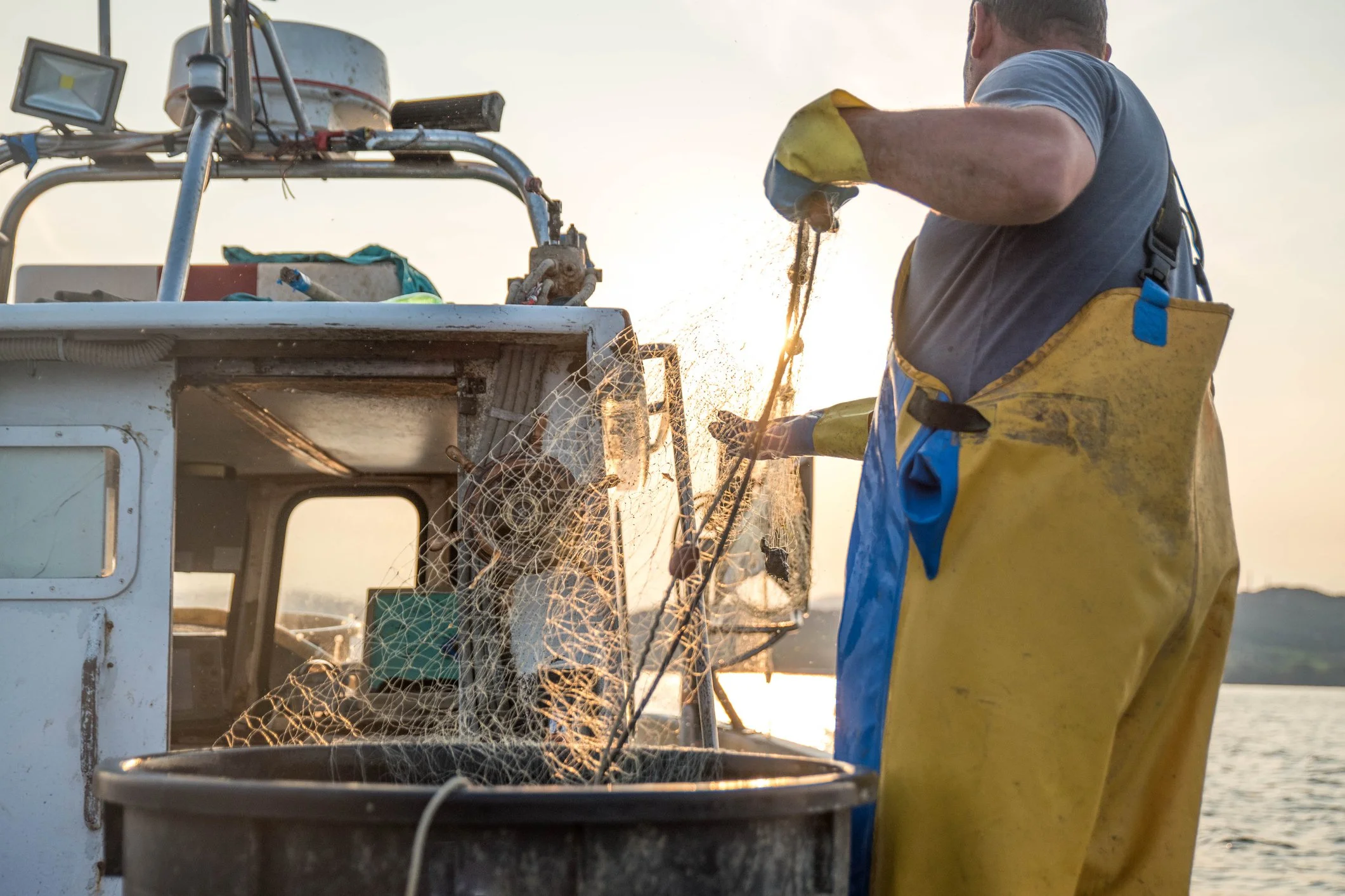THE FISHERMAN’S POT - Cuina de Barca
A Taste of the Sea, and a Story Rooted in the Catalan Coast
Along the rugged coastline of Catalonia, where waves crash against rocky coves and fishing boats sway gently in the harbor, a humble culinary tradition was born—one that speaks of survival, community, and flavor. Known as cuina de barca, or fish-boat cooking, this practice emerged not in polished kitchens, but on the wooden decks of working boats, with seawater, fire, and instinct as its guiding elements.
Before suquet de peix became a dish served in fine restaurants, it was just lunch on the sea. A quick, intuitive way to feed a crew with what was on hand—and often, that meant a lot of improvisation.
A Tradition Born at Sea
The task of cooking fell to the ranxer, a dedicated cook aboard the fishing boat. Assisted by a xiquet—a young apprentice who fanned the flames and fetched ingredients—he would prepare a single pot meal that nourished the entire crew. Ingredients had to be durable and easy to store: dried legumes, rice, potatoes, onions, nuts, tomatoes, and of course, the fish of the day—typically those too bony, damaged, or small to sell at market.
The cooking was simple but deeply flavorful: fish, onion, tomato, potato, and just the right measure of water (often scooped straight from the sea) were brought to a boil in deep, heavy pots that swayed with the rhythm of the boat. In about twenty minutes, the dish was ready to be devoured—eaten with a chunk of bread, standing around the pot or sitting shoulder to shoulder on deck.
From Sailors’ Food to Culinary Heritage
These dishes weren’t just meals—they became expressions of a collective identity. Passed from father to son, both the pots and the recipes evolved into regional culinary landmarks. The rustic olla and ranxo eventually gave way to more refined versions like suquet de peix, sarsuela, and cim i tomba.
Across the Catalan coast, every port has its own variation—each shaped by fishing style, available ingredients, and local taste. From the bullinada boil of Northern Catalonia to the garlicky stews of Vilanova, the fish pots of Palamós and Sant Pere Pescador, or the elegant sarsuela of Barcelona’s bourgeoisie, these dishes all share one thing: their roots in the fisherman’s pot.
They are living traditions, still simmering today.
Join us on a culinary journey along the Costa Brava and experience the heritage of cuina de barca firsthand.
Walk the ports, meet the cooks, and savor dishes that carry the soul of the sea and centuries of coastal life.
EXPLORE OUR CATALONIA FOOD TOURS





